Walk in to the large, light-filled lobby of the Honda Heritage Hall and the six exhibits set out in front of you outline what makes the Japanese firm different from so many of its rivals.
There’s a 1958 Super Cub bike, an immaculate S600 sports car, Honda’s first Formula 1 racer, its first motorbike grand prix race winner and, not to be overlooked, a portable generator.
Oh, and a jet, of course. You can’t really miss the jet.
Few car firms have wider operations that encompass such a diverse spread of machinery. Especially when you consider the location of the hall in Mobility Resort Motegi, an automotive theme park of sorts built on the grounds of one of two Japanese race circuits that Honda owns.
The Heritage Hall was opened 25 years ago and, to mark the anniversary, was given a major refresh this year, to ensure it will stay relevant for whichever innovations Honda develops in the future.
To mark the occasion, Autocar had a poke around to pick out some highlights.
Bike Engine

Essentially, this is the very first Honda. In 1946, two years before founding his eponymous company, Soichiro Honda made an air-cooled 50cc engine based on an old military generator and used it to help power a bike so his wife could tackle steep hills more easily.
NSX and NSX-R

It’s a mark of the NSX’s significance that the hall features two examples of the transformative sports car.
The red one is a first-gen example of the 397bhp car; the white one is a 1992 NSX-R, which is 120kg lighter than the regular car and weighed just 1230kg as a result.
Asimo and friends

Whatever Elon Musk says, car firms working on humanoid robots is not new: Honda produced its first in the 1980s.
Those efforts on various E- and P-series robots culminated in Asimo, a 4ft 3in, 54kg robot that can recognise gestures and engage in conversation in English and Japanese.
Z and Vamos

The first-generation Z proved popular among young buyers, and also forwent Honda’s long-running air-cooled engine for a water-cooled version.
With the transmission also relocated to beside the crankcase, it was more powerful and less prone to vibration. Meanwhile, the 1970 Vamos truck featured an open body and became popular as a utility vehicle – a sort of forerunner of modern compact crossovers, perhaps.

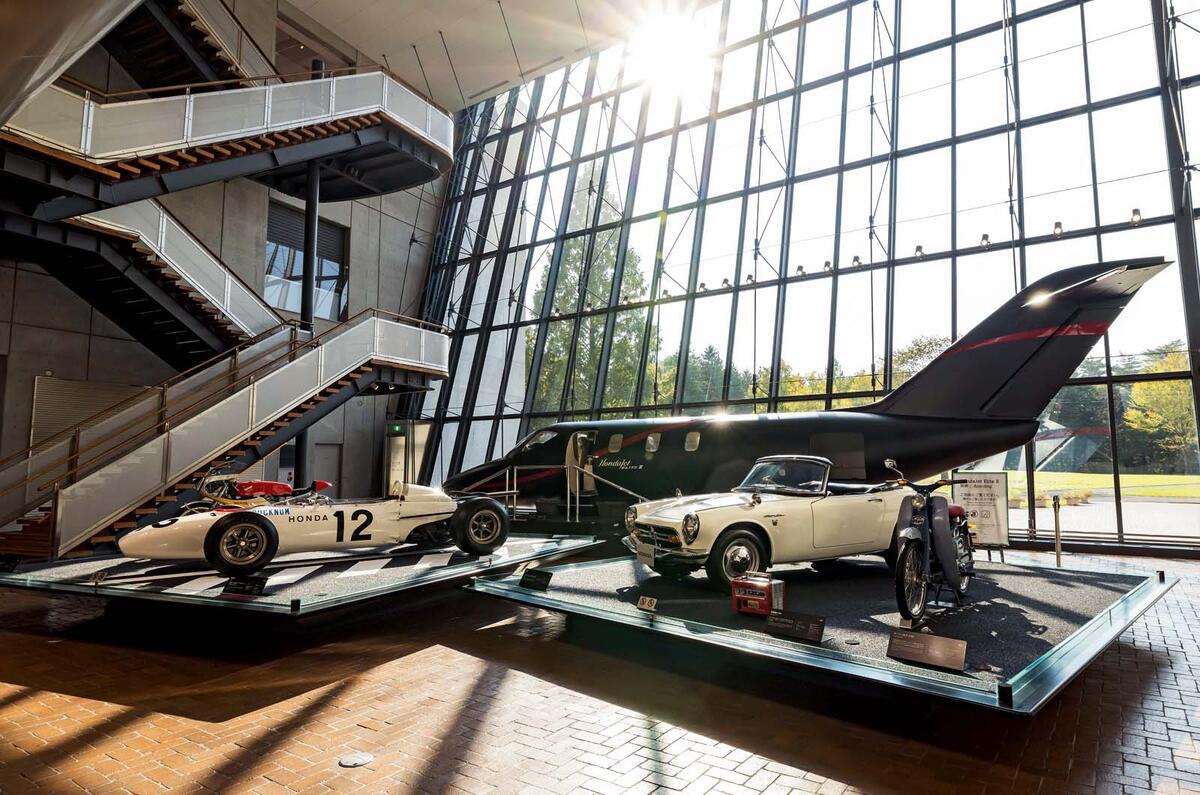
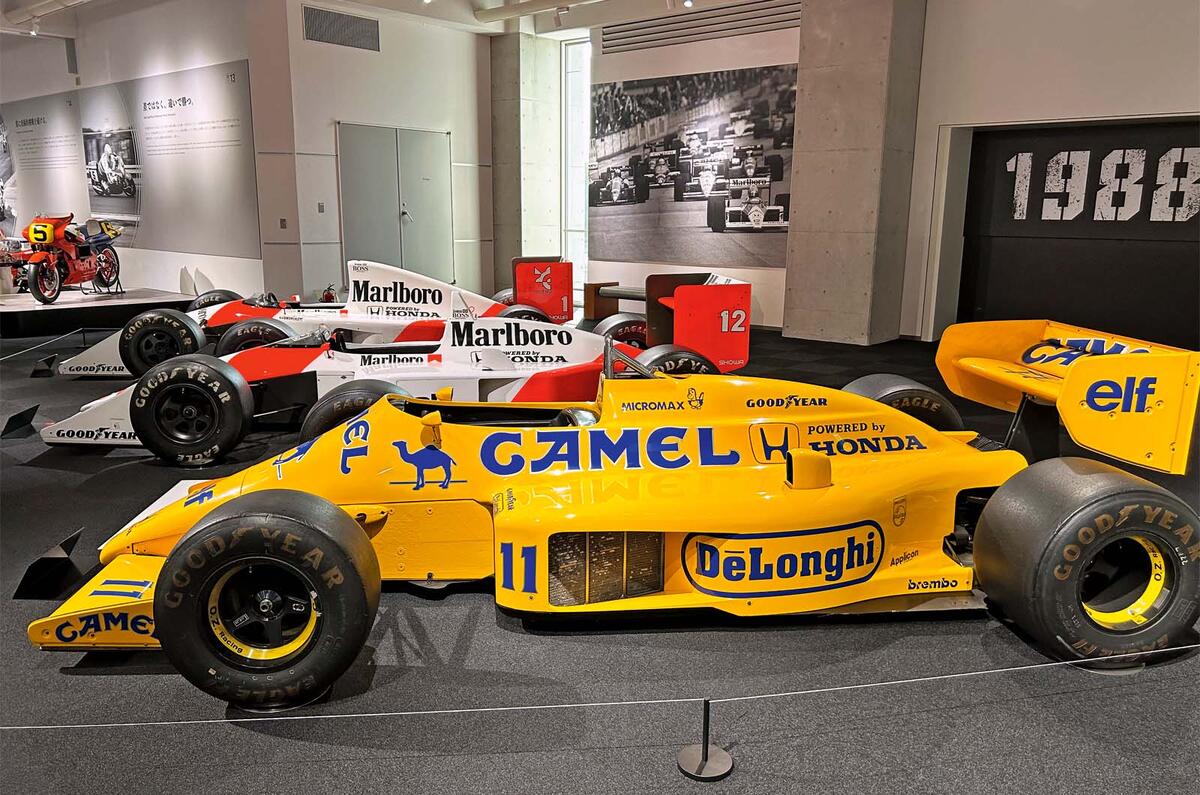
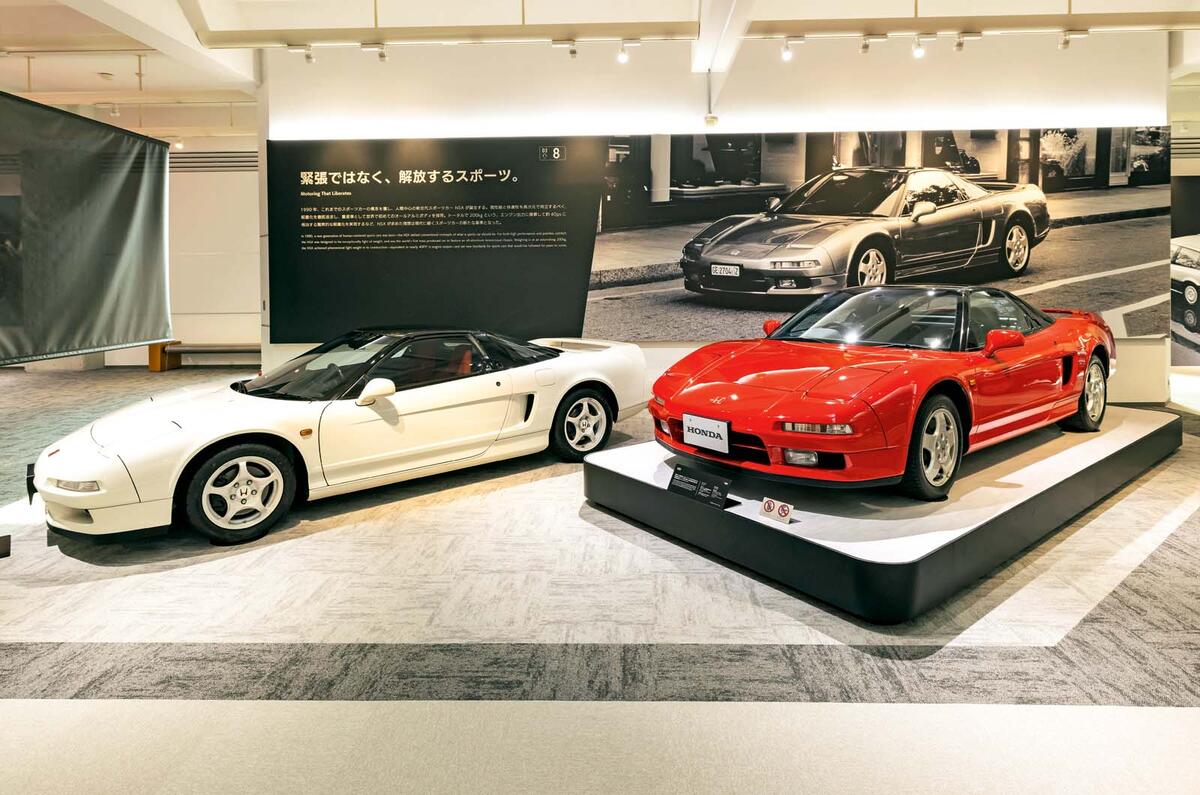
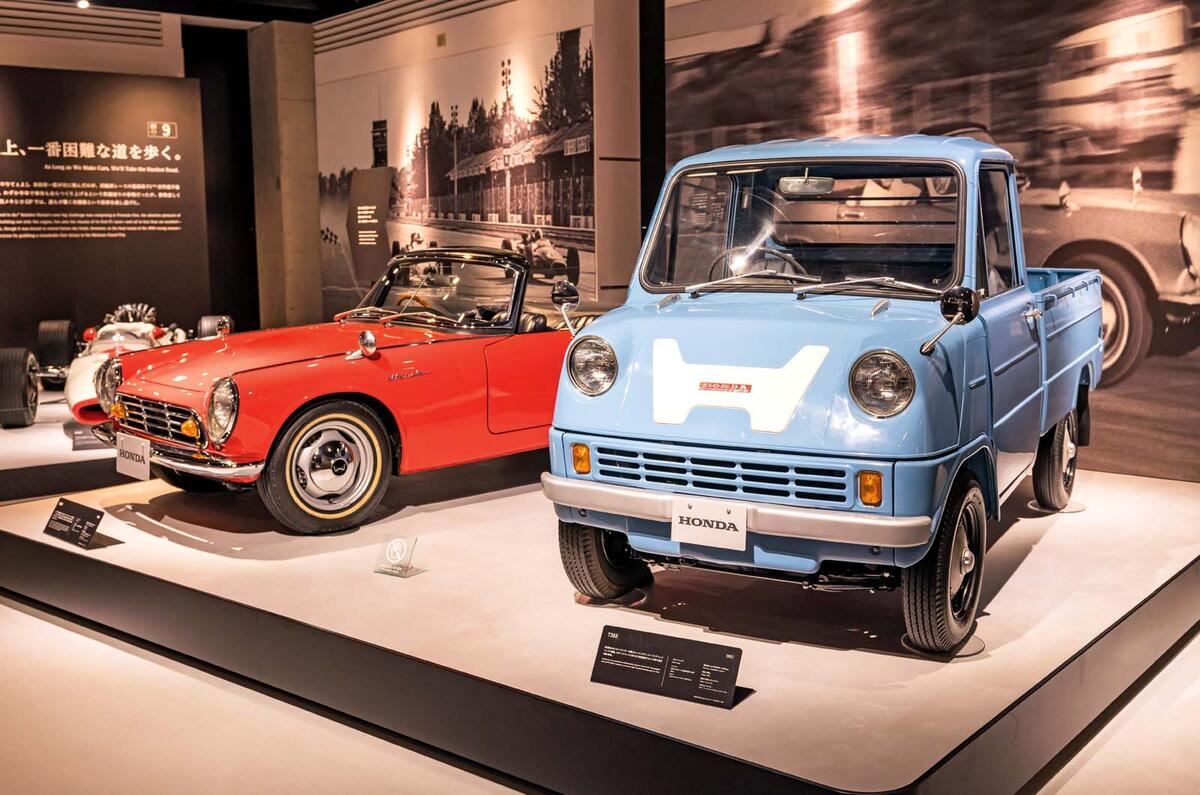
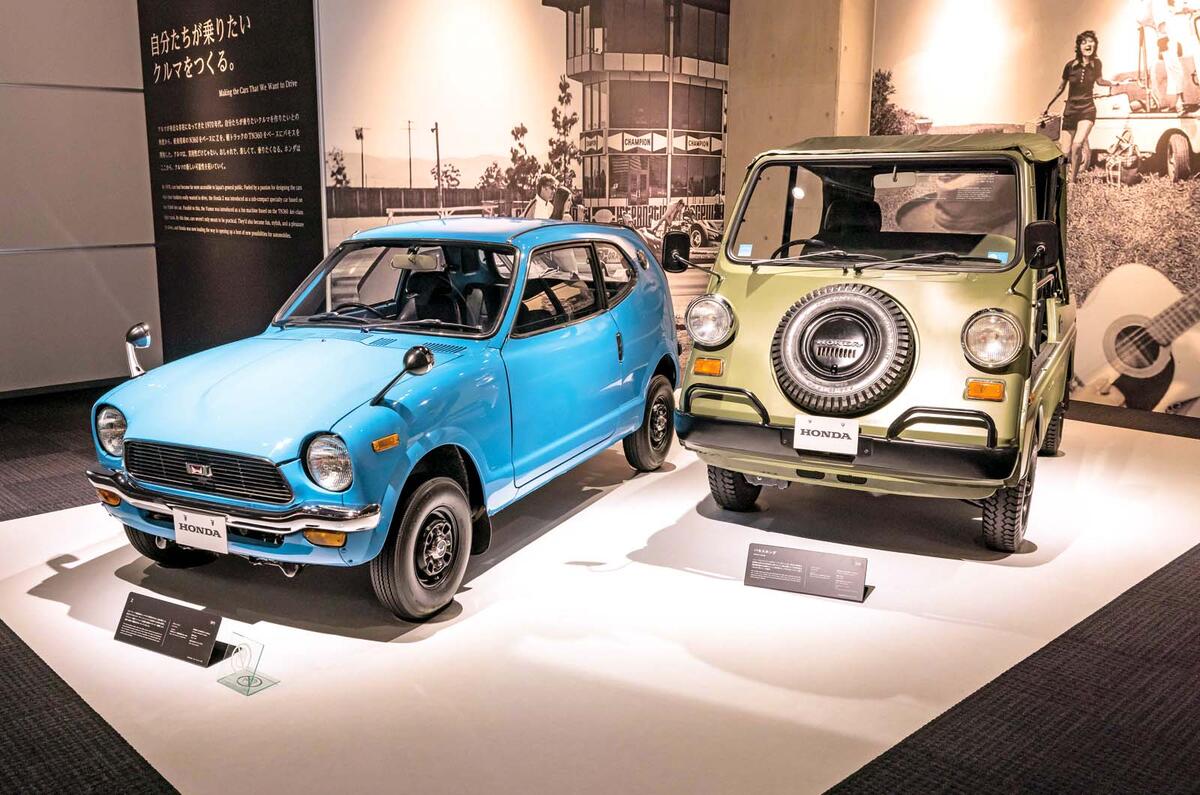
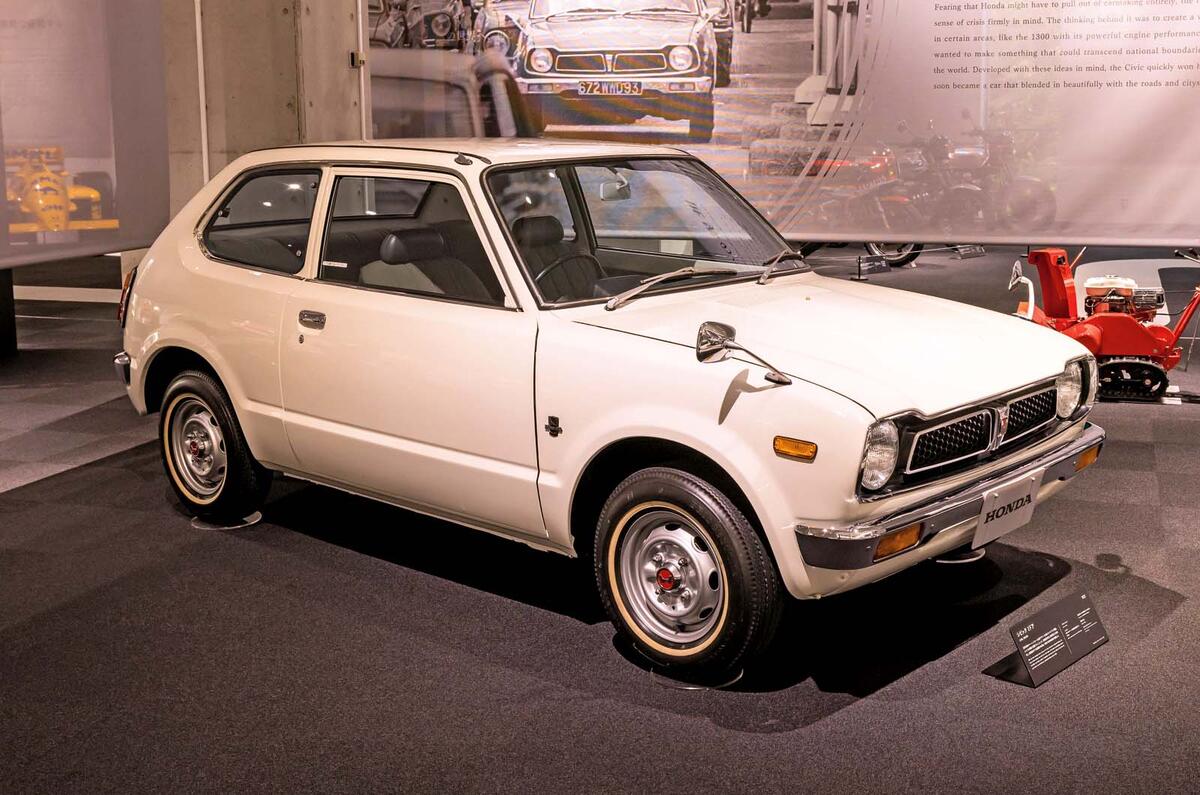
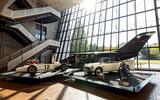
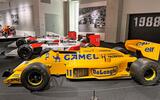
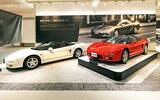
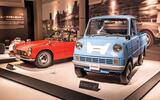
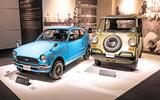
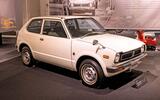











Join the debate
Add your comment
The article "79 years of innovation: Highlights from the Honda heritage hall" offers a captivating journey through Honda's rich history of engineering excellence and innovation. From the groundbreaking RC142 motorcycle, which marked Honda's audacious entry into the Isle of Man TT in 1959, to the iconic first-generation Civic that redefined compact cars in the 1970s, the piece highlights pivotal moments that shaped the brand's legacy. The inclusion of legendary Formula 1 cars, such as the 1987 Lotus 99T and the championship-winning McLaren MP4/4, underscores Honda's significant contributions to motorsport. This retrospective not only celebrates Honda's past achievements but also inspires appreciation for its ongoing commitment to innovation and excellence. For this, we are much appreciated in doing business in reselling preowned Honda vehicles.